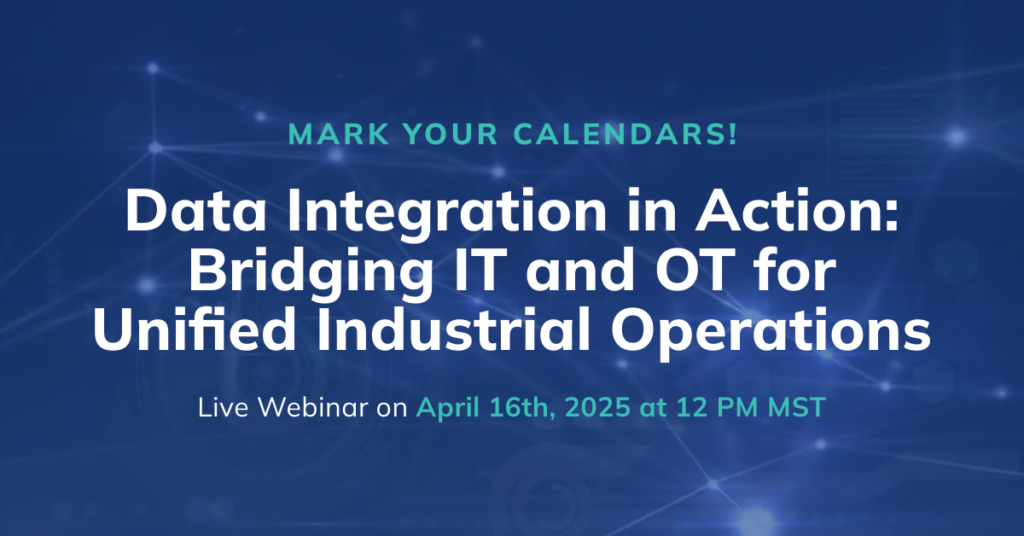The Hidden Cost of IT/OT Disconnection – Why Most Integration Strategies Fail
The Industrial Data Crisis That Leaders Are Overlooking
Industrial organizations generate vast amounts of data every second, yet most companies fail to extract meaningful value from it.
The reason? IT (Information Technology) and OT (Operational Technology) were never designed to work together seamlessly.
Many leaders assume that merging IT and OT is a simple technology upgrade. In reality, IT/OT integration is a strategic shift—one that determines whether an organization will thrive in the digital future or fall behind.

The Hidden Reasons IT/OT Integration Fails
Despite massive investments in digital transformation, many IT/OT integration efforts fail or underdeliver. The root causes go beyond technology:
- No Shared Vision Between IT & OT Teams – IT prioritizes network security and data governance, while OT focuses on real-time operational efficiency. Without alignment, integration efforts stall.
- Failure to Address Operational Workflows First – Many companies focus on connecting IT and OT systems before mapping out how data should actually flow across operations.
- Overlooking Cyber Security Until It’s Too Late – Legacy OT systems lack built-in security, and merging them with IT networks introduces vulnerabilities. Security must be an integration priority, not an afterthought.
- Resistance to Change From Operators and Engineers – IT/OT convergence is as much a cultural shift as a technical one. Without buy-in from frontline teams, adoption will fail.
- Lack of Clear ROI Metrics – Many companies fail to track key performance indicators (KPIs) that prove the value of IT/OT integration. Without clear results, executive support wanes.
Why a New Approach to IT/OT Integration is Needed
A traditional top-down IT-driven approach to integration often leads to misalignment. Companies need a phased, business-led approach that prioritizes operational impact.
Dexcent’s Strategic IT/OT Integration Framework
Step 1: Establish Executive Alignment & Define Business Goals
- IT/OT integration must be led by business priorities, not just technology upgrades.
- Define how integration will improve operational efficiency, asset performance, and revenue.
Step 2: Map Out IT/OT Workflows Before Implementing Technology
- Identify which operational data is critical for real-time decision-making.
- Determine which insights need to flow between IT and OT teams.
Step 3: Phased Implementation with Agile Testing
- Begin with a small-scale proof of concept before expanding across operations.
- Test real-time data flow in controlled environments to identify gaps early.
Step 4: Embed Cyber Security from Day One
- Apply Zero Trust security models to prevent unauthorized access.
- Use real-time monitoring tools to detect anomalies in IT/OT traffic.

Case Study: How Quebec Iron Ore Reduced Downtime by 40% with IT/OT Integration
The Challenge:
- Disconnected data made real-time production tracking impossible.
- Maintenance issues were addressed reactively rather than proactively.
The Solution:
- Implemented a unified IT/OT operations platform that connected real-time SCADA data with IT analytics.
The Results:
- 40% reduction in unplanned downtime.
- Predictive maintenance capabilities eliminated unexpected failures.
- Enterprise-wide data visibility improved operational planning.
The Bottom Line: IT/OT Integration Must Be an Operational Strategy, Not Just a Technology Project
Industrial leaders who recognize the full business impact of IT/OT integration are gaining a competitive edge. Those who continue treating it as a technology problem will fall behind.
But integrating these systems successfully requires more than just technology—it demands a strategic shift in operations, security, and data governance.
Join Dexcent for a live webinar where we’ll break down the real-world challenges and solutions of IT/OT integration and how leading companies are overcoming them.
Date: April 16, 2025
Moderator: Andrew Capper, VP of Industrial Digital Transformation, Dexcent
Panelists: Andrew Nelson, Rajesh Rao & Usama Al-Shiraida
Key Takeaways:
- How IT/OT integration reduces downtime, improves efficiency, and drives smarter decision-making.
- Lessons from real case studies of industrial leaders who have successfully tackled IT/OT convergence.
- A step-by-step roadmap to assess your company’s IT/OT maturity and build a scalable, high-impact data strategy.
If your organization is struggling with data silos, operational inefficiencies, or outdated legacy systems, this webinar will provide practical solutions to get ahead.


